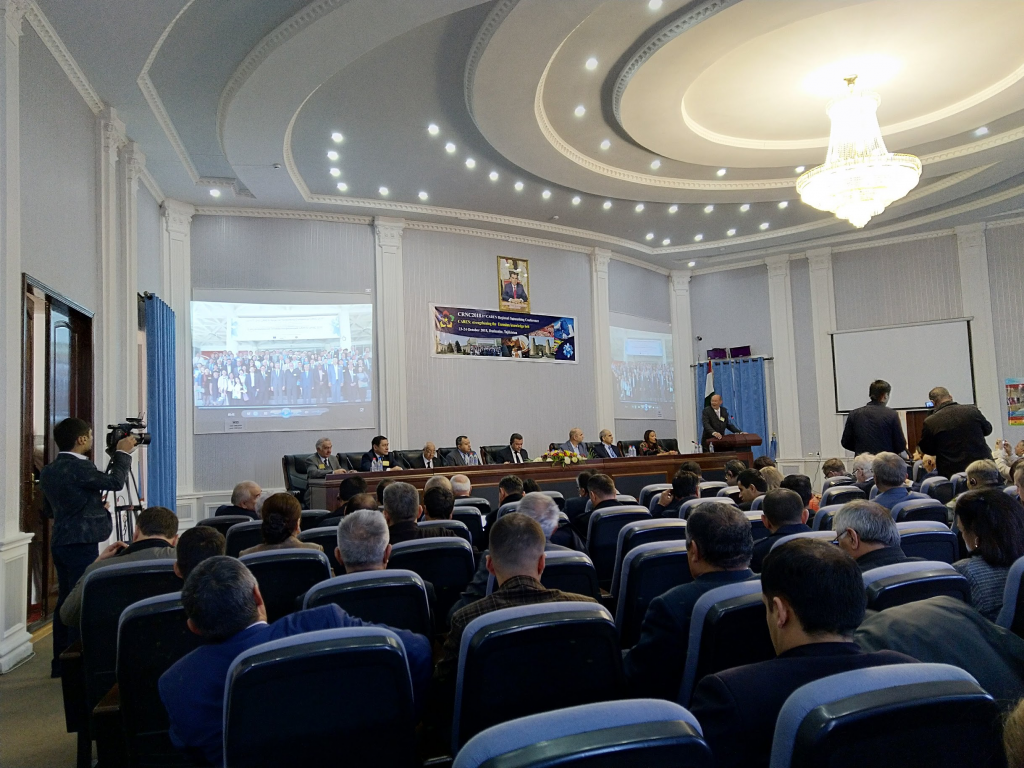IDG Contributor Network: Zero-trust security adds necessary ingredients
Today's threat landscape consists of skilled, organized and well-funded bad actors. They have many goals including exfiltrating sensitive data for political or economic motives. To combat these multiple threats, the cybersecurity market is required to expand at an even greater rate.The IT leaders must evolve their security framework if they want to stay ahead of the cyber threats. The evolution in security we are witnessing has a tilt towards the Zero-Trust model and the software-defined perimeter (SDP), also called a “Black Cloud”. The principle of its design is based on the need-to-know model.The Zero-Trust model says that anyone attempting to access a resource must be authenticated and be authorized first. Users cannot connect to anything since unauthorized resources are invisible, left in the dark. For additional protection, the Zero-Trust model can be combined with machine learning (ML) to discover the risky user behavior. Besides, it can be applied for conditional access.To read this article in full, please click here
 NetApp has been pitching a similar story as it pivots from a traditional storage vendor to a cloud data services company. But Pure Storage says its approach is unique.
NetApp has been pitching a similar story as it pivots from a traditional storage vendor to a cloud data services company. But Pure Storage says its approach is unique.
